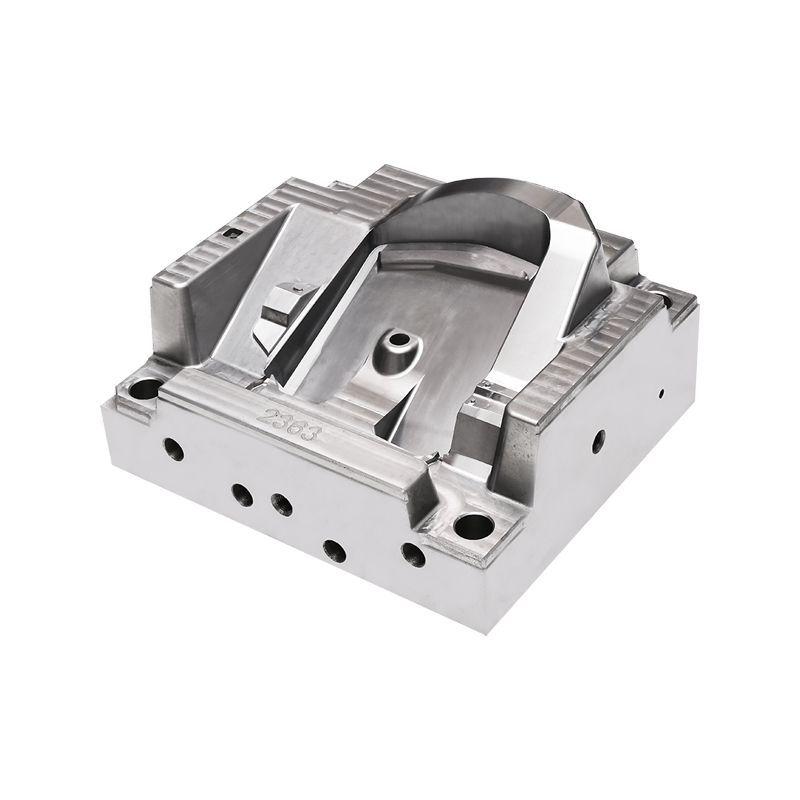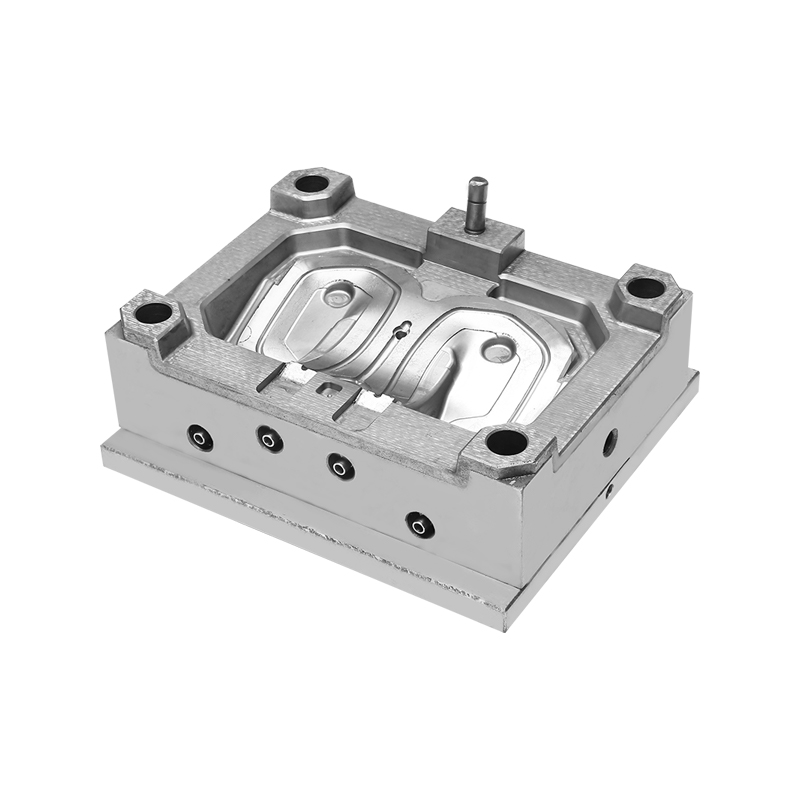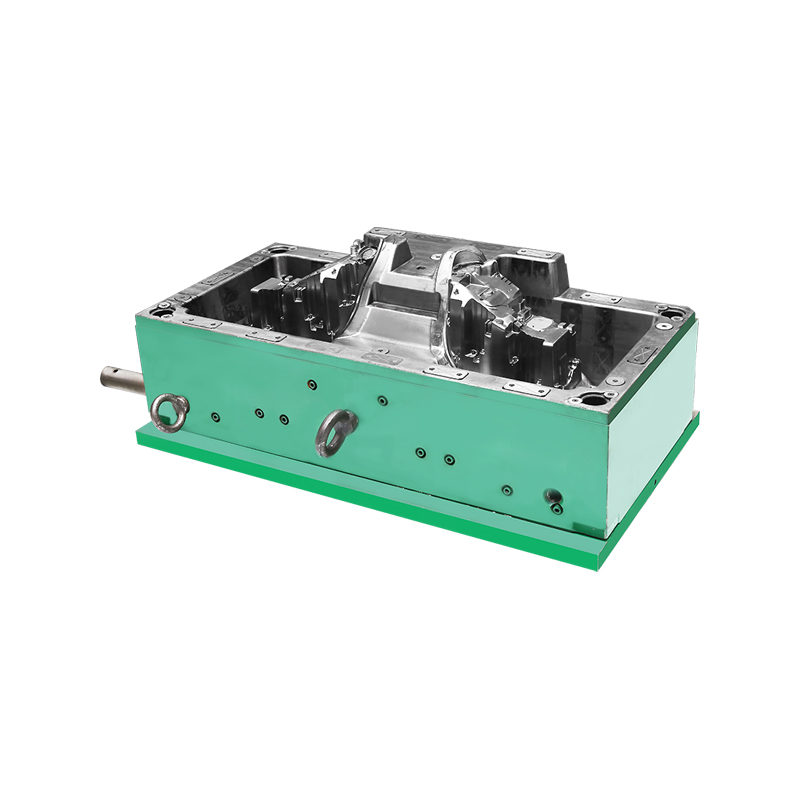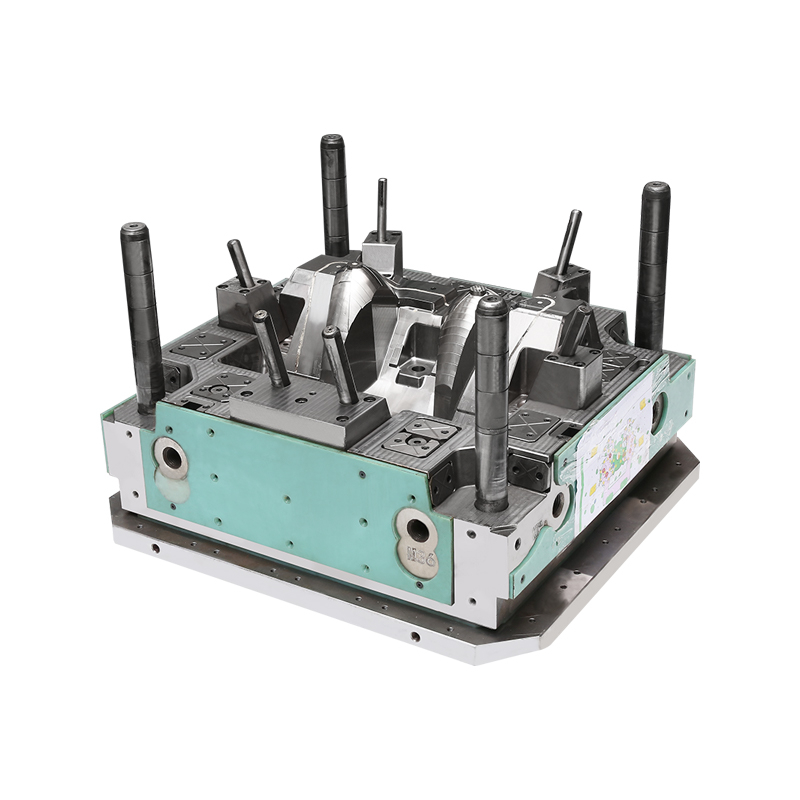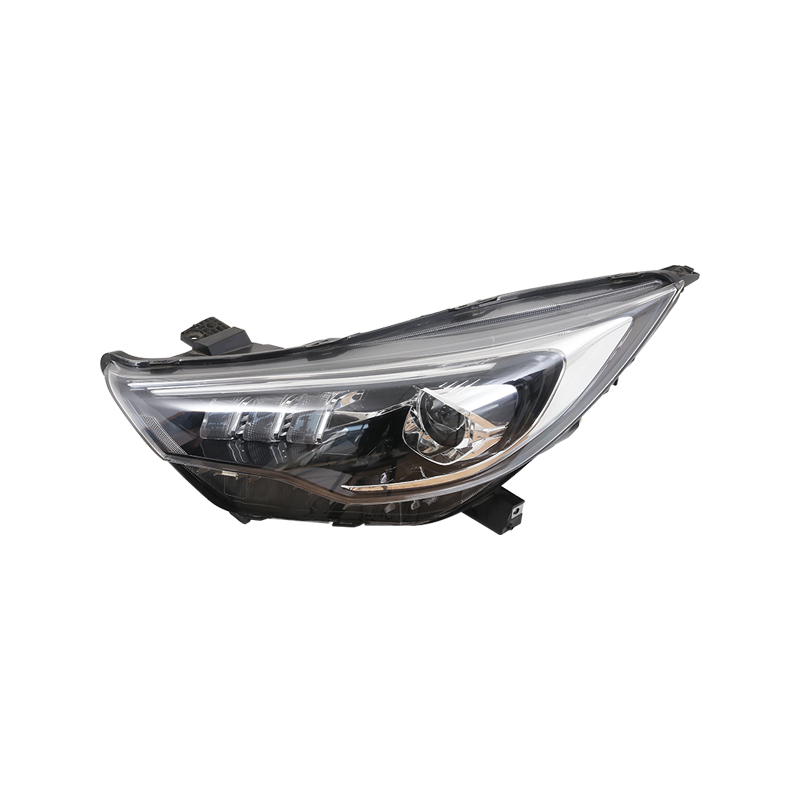In today’s automotive industry, vehicle lighting systems have evolved from basic safety components into complex design features that enhance both the aesthetics and functionality of modern vehicles. At the heart of this evolution lies the Auto Lamp Mould—a precision-engineered tool that plays a critical role in shaping high-performance headlamps, taillights, and signal indicators. With increasing demand for sophisticated designs, the Auto Lamp Mould industry is steadily becoming a hub of innovation, technical depth, and manufacturing efficiency.
The defining characteristic of a contemporary Auto Lamp Mould is its ability to realise multi-surface designs. Automotive lighting components are no longer flat or linear; they often incorporate flowing curves, intersecting surfaces, and three-dimensional geometries that complement the overall design language of the vehicle. This calls for an Auto Lamp Mould that supports complex parting lines, refined contour surfaces, and high-tolerance mating features. Precision machining and meticulous planning are essential to ensure each mould meets the exacting standards of automotive OEMS.
Moreover, the structure of the Auto Lamp Mould often integrates several core components that enable it to form deeply recessed and undercut areas within the lamp housing. These include sliders, lifters, and various core-pulling mechanisms. Each element serves a specific purpose in managing the demoulding process without damaging delicate internal geometries. For example, a slider in the Auto Lamp Mould allows lateral movement to form features like locking clips or vent holes, which cannot be released by straight pull actions alone.
Efficiency in mass production is another key factor. This has led to the widespread use of multi-cavity designs in the Auto Lamp Mould sector. A single mould base may house two, four, or even more cavities, allowing the simultaneous forming of multiple lamp components in one injection cycle. This design strategy dramatically reduces cycle time, lowers material handling requirements, and increases throughput without compromising on quality.
Additionally, the choice of materials in Auto Lamp Mould manufacturing is carefully considered to match the performance needs of the final product. Mould bases are typically constructed from high-grade steels that offer durability and wear resistance. For inserts and core features, corrosion-resistant alloys or beryllium-copper blends are often used to ensure precise heat transfer and long service life. Thermal management, in particular, is crucial in any Auto Lamp Mould, as uneven cooling can to warping, shrinkage, or flow marks on the transparent or colored lens sections.
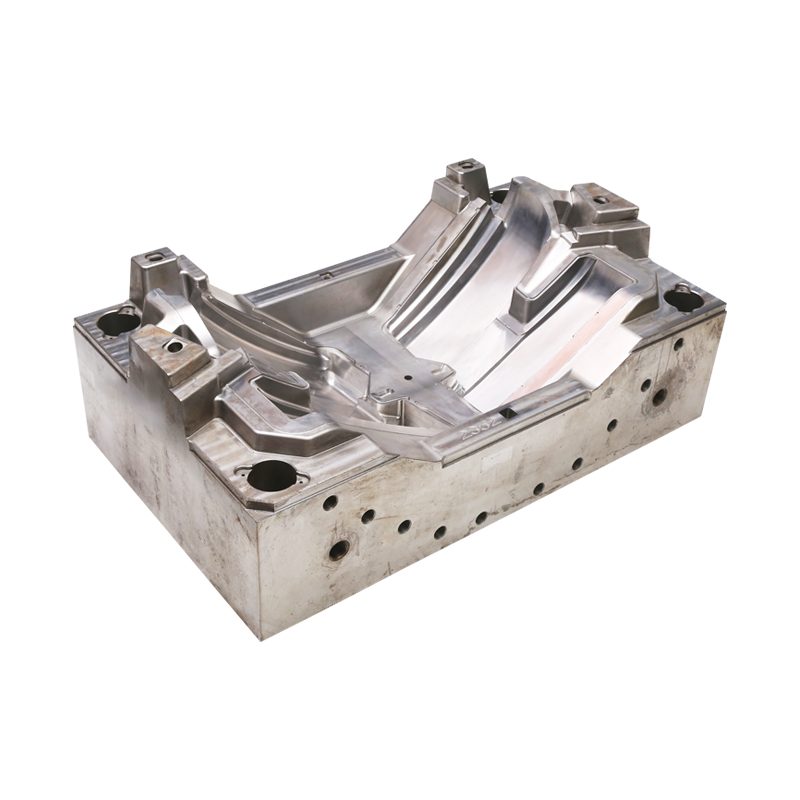
In recent years, the Auto Lamp Mould industry has also seen advances in simulation and digital engineering. Moldflow analysis, 3d CAD modelling, and CNC-integrated programming have allowed engineers to visualise the entire mould operation before physical production begins. These digital tools enhance the predictability of the moulding process, identify potential issues early, and reduce costly iterations in the prototyping phase. This level of foresight is invaluable, especially in Auto Lamp Mould projects with tight times and complex deliverables.
Furthermore, the assembly features within the Auto Lamp Mould are increasingly being designed for modularity. This allows manufacturers to replace or upgrade individual mould components without having to overhaul the entire system. Whether adapting the mould for different lamp variants or extending its production life, modular design in the Auto Lamp Mould helps reduce downtime and maintenance costs.
The evolution of the Auto Lamp Mould reflects a broader shift toward customisation and performance in automotive lighting. From concept to mass production, each mould serves as a silent but critical partner in delivering visual appeal, optical accuracy, and structural integrity. Manufacturers across Asia, Europe, and North America are investing in advanced Auto Lamp Mould technologies to meet the rising expectations of automakers and consumers alike.
In conclusion, the modern Auto Lamp Mould is more than just a manufacturing tool—it is a precise, adaptable, and intelligent system that shapes the visual identity of today’s vehicles. As automotive design continues to push boundaries, the role of the Auto Lamp Mould will only grow in complexity and importance, underlining its value in the global supply chain.

 English
English 中文简体
中文简体 русский
русский Español
Español
